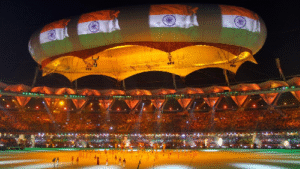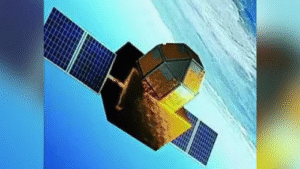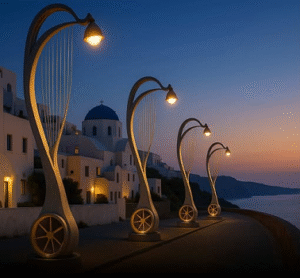The Chhatrapati Shivaji Maharaj Terminus (CSMT) is not only a symbol of Mumbai’s historic connection to Indian Railways but also a stunning architectural masterpiece. Here’s a detailed dive into its history, design, and legacy:
Formerly known as: Bori Bunder, then Victoria Terminus (VT)
Location: Mumbai, Maharashtra
Station Code: CSMT
Zone: Central Railway
UNESCO World Heritage Site: Declared in 2004
Style: Victorian Gothic Revival blended with traditional Indian architecture
Frederick William Stevens, British architect
Axel Herman Haig, Swedish-born British draughtsman, aided with visualization
Completed: 1888, after 10 years of construction
Built at a cost of: Approx. ₹16.14 lakh at the time
Inspired by St. Pancras Station in London
Grand domes, turrets, pointed arches, and stained glass windows
Central dome topped by a statue of ‘Progress’ holding a torch
Stone carvings of peacocks, monkeys, lions, and gargoyles
Ornate wooden staircases and iron railings inside
Inaugural train of Indian Railways departed from here on 16 April 1853, covering 34 km to Thane
Among the busiest stations in India, handling:
Over 1,200 trains daily (including local and long-distance)
More than 3 million passengers per day
Terminal for important trains like Rajdhani, Duronto, and Vande Bharat Express
Recognized for its unique blend of Gothic and Indian architecture
Symbolizes the technological and economic progress of the colonial period
One of the few functioning railway stations in the world that is also a World Heritage Site
The station was renamed from Victoria Terminus to Chhatrapati Shivaji Terminus in 1996, and then to Chhatrapati Shivaji Maharaj Terminus in 2017
It has featured in several movies including Slumdog Millionaire, Ra.One, and The Lunchbox
There’s an Indian Railways Heritage Gallery inside the station displaying old documents, models, and photos







